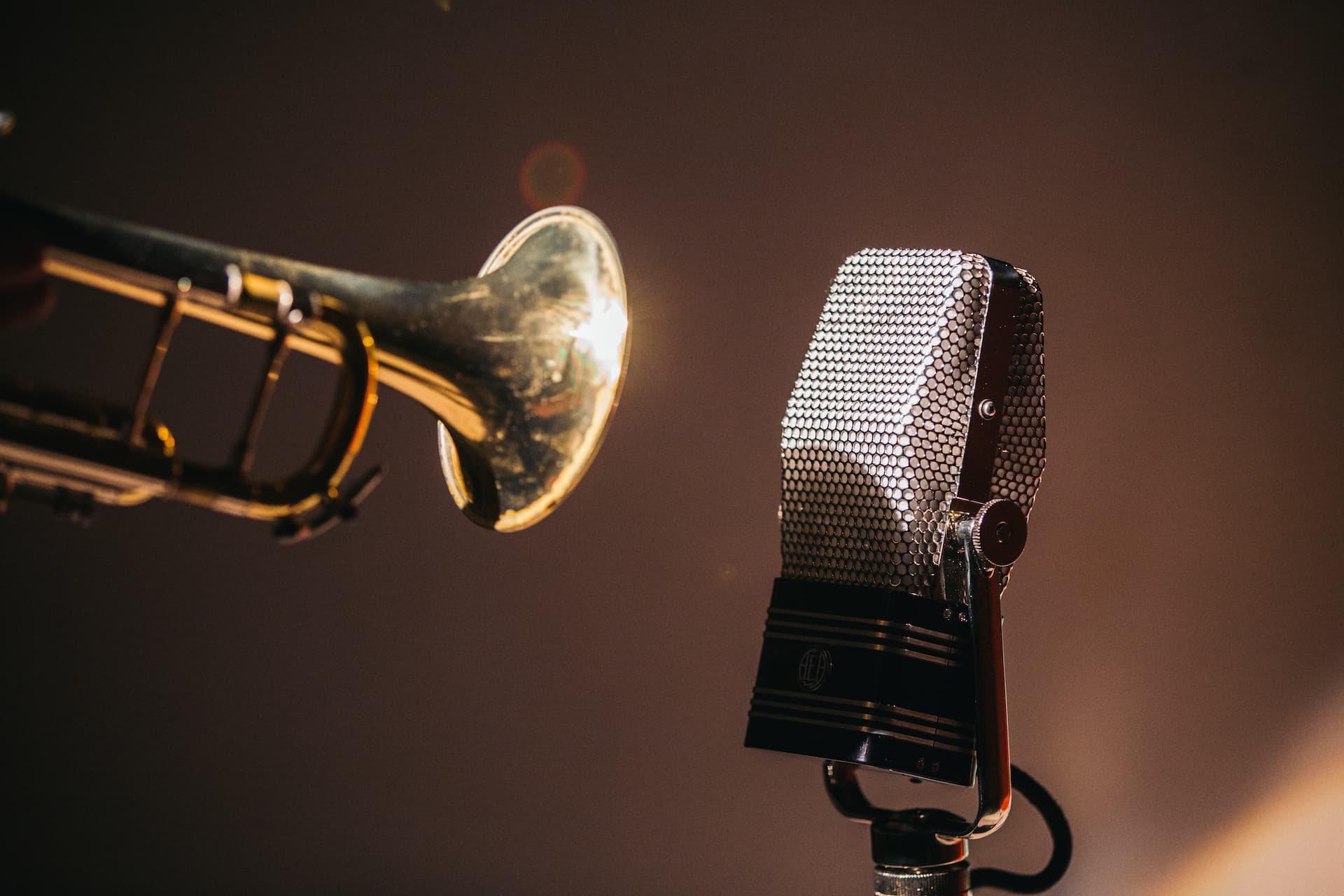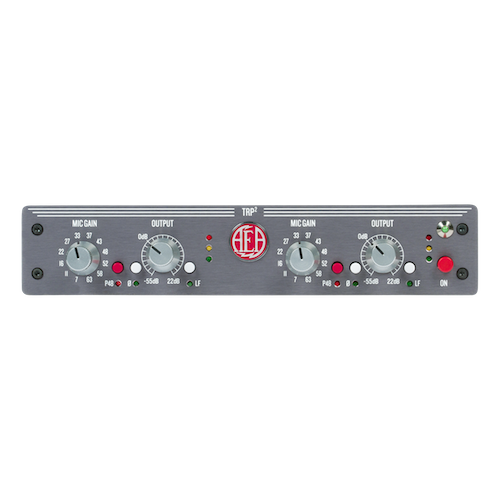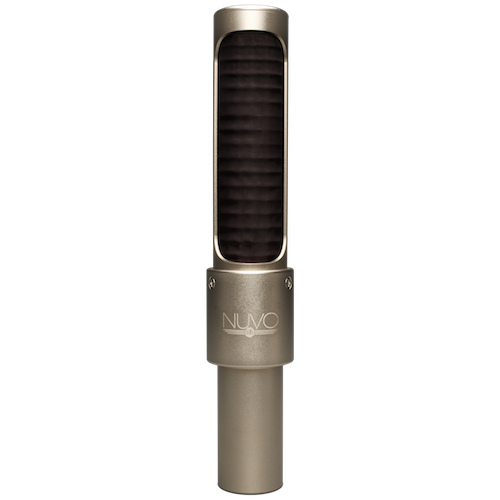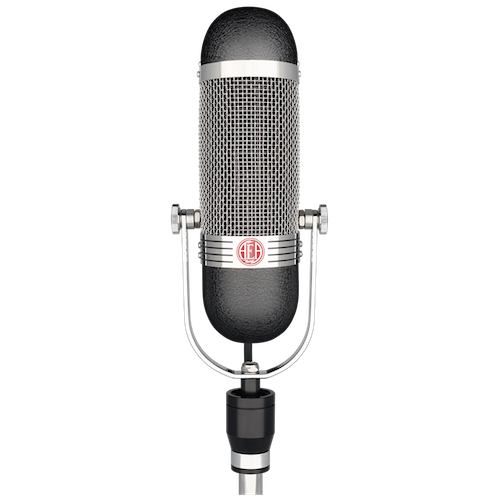Since the 1930’s, the R44 has proven incredibly adept at recording brass instruments and sections. Brass instruments are complemented by the R44’s detailed mid-range, extended low-end, and figure-of-8 polar pattern.

Close Miking
Instruments within 6 feet of the R44’s reach will benefit from its pronounced proximity-effect. This accentuated effect low-end adds warmth and depth to the tonality already present in your instrument. Instrumentalists can take advantage of proximity effect as they wish by moving their instrument closer or farther from the R44 based on the notes they play throughout a performance.
Distant Miking
The R44 delivers balanced a treble/bass ratio at distances greater than some might expect; from as far as 20 feet away, the R44 will still retain its characteristic low-end. We find this is the best application for the R44, as it allows the mic to breathe in the massive spread of sound that fills and interacts with a large space.
Sections, Ensembles, and Orchestras
The versatile R44 excels at recording string sections, quartets, orchestras, and other ensembles from a distance. From as far as 20 feet away, the R44 captures detailed, balanced sound of an instrument section and supplements it with massive room tone.
A popular technique is to use a pair of R44s as outriggers. In this configuration, two R44s would be spaced about 6 – 8 feet apart from each other, 4 – 8 feet behind the conductor, and 8 – 15 feet above the ground. They can add a nice natural ambience to the recording and blend in well with close mics to capture the natural sound of an orchestra in its full glory.










